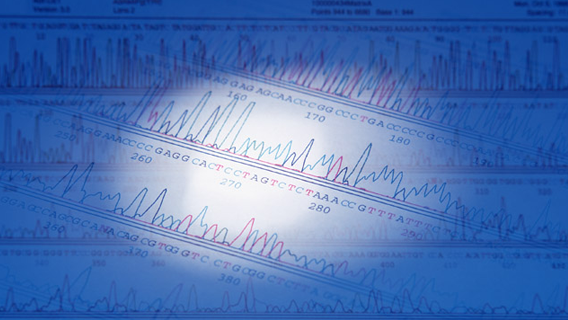Principles

Density / Specific gravity meter

What is a Density/Specific gravity meter?

KEM Density/Specific gravity meters are of a natural oscillation pitch-type, which is generally referred to as oscillation-type.
Literally, the measurement portion is oscillated and the period is read.
It is primarily used for measuring the density or specific gravity of liquids, and its capability of handling small amounts, in short time, and with high precision makes it very advantageous to use in comparison with other device types.
Measurement Principles of KEM Density/Specific Gravity Meters

Imagine the model at right, where a weight is attached to the end of a bar. If you flick the weight with your finger, the weight begins to oscillate.
You can see that it oscillates more slowly with more weight, and faster with less weight. This is because the weight will vibrate on the oscillation period specific to a substance in proportion to the mass of the weight.
This means that one can determine the density of a substance by measuring its oscillation period, since density becomes proportional to the mass when the volume is constant, i.e. a fixed tube.
Density/Specific Gravity Meter
Density/Specific Gravity Meter Series

For what purposes is the Density/Specific Gravity Meter used?
Industrial Chemicals
[quality control/inspection/testing/research]
Food/Food Processing
[quality control/analysis/testing]
Fats
[inspection/manufacture/development]
Petroleum Products
[quality control/inspection/testing]
Pharmaceuticals/Drugs/Cosmetics
[quality control/development]
Plating Industry
[inspection/manufacture/development]
This device is used in all manner of industries for quality control, inspection, and testing-related divisions.
Please link to the application here.
What advantages are there in using the Density/Specific Gravity Meter?
Small amount/short time/high precision
There is no other method of density/specific gravity measurement that combines these three features.
No difference due to human error
With analysis by hand, it is a matter of course that different measurements occur with the same sample, but when the task is left to the device, the same value results, no matter who is doing the measuring.
Automation becomes possible
With the use of such options as a multiple sample changer, the device can measure several samples on its own, after the samples have simply been lined up.
Measurement can be performed without experience or specialized skills
In analysis, there are cases in which one must have mastery of skills or years of experience. However, if one simply learns how to use the device, every person can analyze at the same level.
What kinds of analysis are performed? [Density/Specific Gravity]
Food measurement: Sugar refractometer
Fruit:
Apples, mandarin oranges, grapes, Asian pears, watermelon, cantaloupe, etc.
Vegetable:
Tomatoes, white cabbage, carrots, potatoes, etc.
Beverages:
Soft drinks, carbonated beverages, fruit beverages, etc
Other:
Flavorings (soy sauce, sauces, ketchup), honey, fruit jam, bean jam, cream, etc
Fat measurement
Soybean oil, sesame oil, canola oil, olive oil, etc.
Petroleum products measurement
Diesel fuel, heating oil, gasoline, etc.
Pharmaceuticals/drug measurement
Syrup, infusions, etc.
Other
Industrial chemicals, plating fluid, rinse solution, fragrance, etc.
Please link to the application here.




